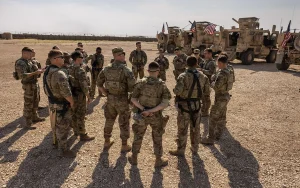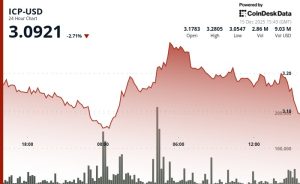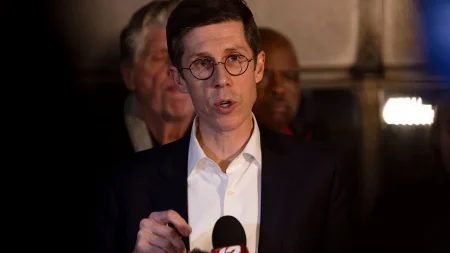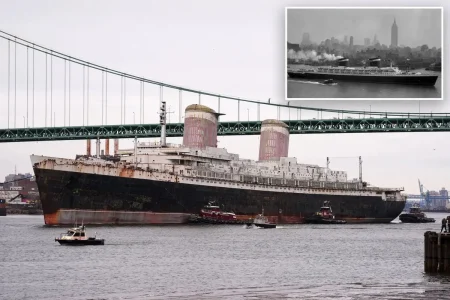Venezuela’s “Cartel de los Soles”: Metaphor versus Reality
The term “Cartel de los Soles” emerged organically among Venezuelans as a figurative expression to describe a troubling phenomenon within their military ranks: generals and high-ranking officers corrupted by drug money. The name itself is a reference to the sun-shaped stars that adorn military uniforms with each promotion in rank. What began as a colloquial shorthand for military corruption gradually transformed in international discourse, particularly in United States policy circles, where it underwent a significant evolution. American officials and media began referring to the “Cartel de los Soles” as though it were a structured criminal organization with clear leadership and hierarchies – more akin to traditional drug cartels like Colombia’s Medellín or Cali cartels. This transformation from metaphor to presumed reality represents a fascinating case of how language and conceptual frameworks can shape perceptions and policies across international boundaries.
This linguistic shift carried meaningful consequences. By reframing what Venezuelans understood as a pattern of corruption into a formal cartel structure, the conversation changed from addressing systemic issues within Venezuela’s military and governmental institutions to targeting what was now portrayed as a discrete criminal organization. The metaphor-turned-reality created a simplified narrative that, while perhaps useful for certain policy objectives, risked obscuring the complex web of corruption, economic incentives, political loyalty, and institutional decay that actually characterizes the involvement of Venezuelan military officials in drug trafficking. The phenomenon never operated as a unified cartel with a clear chain of command, but rather as multiple networks of corruption involving various officials acting independently or in small groups, opportunistically exploiting their positions for personal gain.
For Venezuelans who first employed the phrase, the “Cartel de los Soles” represented something both more nuanced and more troubling than a traditional drug trafficking organization. It symbolized the corruption of national institutions meant to protect the country, the blurring of lines between state actors and criminal enterprises, and the moral compromise of military leadership. The metaphor captured how drug money had infiltrated the highest echelons of power, creating parallel systems of authority and loyalty that undermined legitimate governance. This original understanding reflected the painful recognition that elements of the state itself had been compromised, with military officers using their positions, authority, and the protection of their uniforms to facilitate drug trafficking while maintaining their official roles – a form of corruption more insidious than traditional organized crime precisely because it operated within the structures of legitimate power.
As this conceptual transformation unfolded, it influenced policy approaches and international relations. The United States government, particularly through the Drug Enforcement Administration and Department of Justice, began issuing indictments against Venezuelan officials under the framework of targeting members of this supposedly organized cartel. Sanctions, rewards for information leading to arrests, and international pressure increased based on this characterization. Yet this approach potentially misdiagnosed the problem. By treating a systemic issue of institutional corruption as a discrete criminal enterprise, solutions became oriented toward removing specific individuals rather than addressing the conditions that allowed such corruption to flourish in the first place. The narrative of fighting an identifiable cartel proved more politically expedient than acknowledging the more complicated reality of widespread institutional decay, which would require more nuanced and long-term approaches to reform.
The case of the “Cartel de los Soles” illustrates how metaphors can take on lives of their own in international discourse, particularly when they serve political or strategic objectives. For those outside Venezuela, conceptualizing the problem as a cartel provided a familiar framework that fit into existing narratives about the war on drugs and criminal organizations. It allowed for specific policies, legal actions, and public communications that might have been more difficult to implement or explain when dealing with the messier reality of systemic corruption embedded within a sovereign nation’s military hierarchy. Meanwhile, within Venezuela, the original metaphorical understanding continued to reflect the lived experience of citizens who saw the problem not as a separate criminal organization but as the corruption of their own institutions – a distinction that carried significant implications for how solutions might be conceived and implemented.
This linguistic and conceptual divergence serves as a reminder of how crucial precise language is in addressing complex international challenges. The transformation of “Cartel de los Soles” from metaphor to presumed reality demonstrates how frameworks for understanding problems can significantly shape approaches to solving them. Effective solutions to Venezuela’s challenges with corruption and drug trafficking likely require recognizing both perspectives: acknowledging the systemic nature of corruption within state institutions while also holding specific individuals accountable for their criminal actions. Moving forward, policymakers, journalists, and analysts would benefit from maintaining this nuanced understanding, recognizing that what began as a figure of speech represented an important insight into the nature of corruption that shouldn’t be lost in translation or oversimplified for political convenience. The case stands as a compelling example of how language shapes perception, and how perception ultimately guides action in the complex arena of international affairs.










